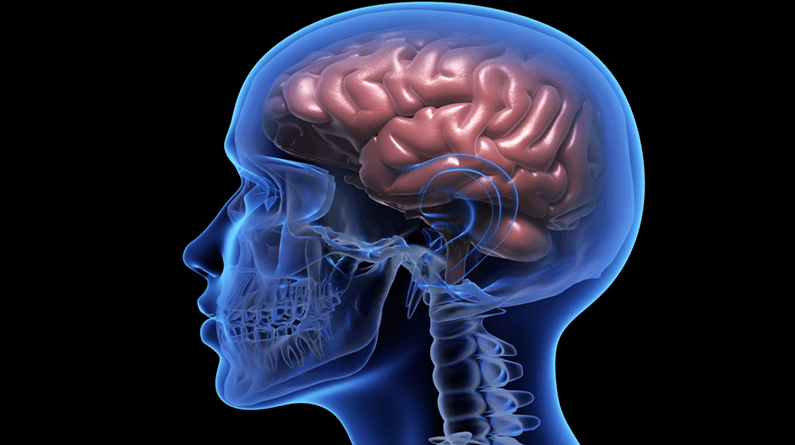Unlocking the Secrets of Cranial Nerves: The Head and Neck Connection
The human body is home to 12 major cranial nerves that originate from the brain and play a vital role in controlling various functions of the head and neck region. These nerves are responsible for transmitting sensory information, motor signals, and other vital functions that enable us to perceive, move, and interact with the world around us.
The 12 Cranial Nerves: A Closer Look
Let’s delve into the functions and characteristics of each of the 12 cranial nerves:
1. Olfactory Nerve (I): Responsible for transmitting sensory information related to smell from the nose to the brain.
2. Optic Nerve (II): Carries visual information from the eyes to the brain, enabling us to perceive and interpret visual stimuli.
3. Oculomotor Nerve (III): Controls the movement of eye muscles, including voluntary and involuntary movements.
4. Trochlear Nerve (IV): Responsible for controlling the movement of the superior oblique muscle, which helps rotate the eye downward and inward.
5. Trigeminal Nerve (V): A complex nerve with both sensory and motor functions, responsible for transmitting sensory information from the face and controlling facial expressions.
6. Abducens Nerve (VI): Controls the movement of the lateral rectus muscle, which helps rotate the eye outward.
7. Facial Nerve (VII): Responsible for controlling facial expressions, transmitting sensory information from the face, and regulating tear and saliva production.
8. Vestibulocochlear Nerve (VIII): Transmits sensory information related to hearing and balance from the inner ear to the brain.
9. Glossopharyngeal Nerve (IX): Responsible for transmitting sensory information from the tongue, throat, and tonsils, and controlling the movement of the stylopharyngeus muscle.
10. Vagus Nerve (X): The longest cranial nerve, responsible for regulating various automatic functions, including heart rate, digestion, and respiration.
11. Accessory Nerve (XI): Controls the movement of neck muscles, including rotation, extension, and flexion.
12. Hypoglossal Nerve (XII): Responsible for controlling the movement of the tongue.
Clinical Significance and Applications
Understanding the functions and characteristics of cranial nerves is essential for diagnosing and treating various neurological and medical conditions. For example:
– Vagus nerve stimulation therapy has been found to be effective in treating conditions like depression, anxiety, and epilepsy.
– Damage to cranial nerves can result in conditions like trigeminal neuralgia and Bell’s palsy.
In conclusion, the 12 cranial nerves play a vital role in controlling various functions of the head and neck region. Understanding their functions and characteristics can provide valuable insights into the complex mechanisms that govern our body.
References:
https://www.healthline.com/health/12-cranial-nerves#:~:text=Your%20cranial%20nerves%20are%20pairs,numeral%20between%20I%20and%20XII.
https://en.wikipedia.org/wiki/Cranial_nerves
https://www.medicalnewstoday.com/articles/326621
https://www.britannica.com/science/cranial-nerve

